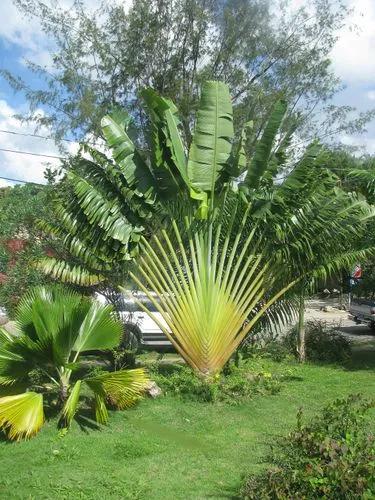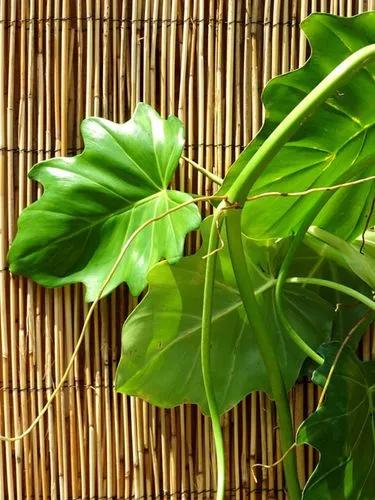Very tall, good woodworking lumber, edible nuts, natural weed repellent – all of this is Black Walnut.
Black Walnut Care
Juglans Nigra



Black Walnut is a native tree of North America that grows really tall, up to 70 to 150 feet (21 to 46 meters). It has unique leaves that are pinnately compound and a dark, rugged bark, its main identification feature. Also, during spring and summer, its leaves turn into a vibrant yellow-green color, but during fall, they transform into a striking yellow shade. The tree bears green fruits in late spring to early summer, which develop into the famous Black Walnuts as the season progresses.
How to Care for the Plant

Container

These trees are usually grown outside because they are too big for containers. But if you still want to keep them in a container, you should choose a really big one, at least 20 gallons (75 liters). That's because the tree has a lot of roots and needs space to grow.

Fun fact

Did you know that Black Walnut trees have a little trick up their sleeves? They release a substance called juglone into the soil, which stops the growth of certain plants around them. It's like a natural herbicide that helps the tree keep its space in the forest.

Popularity

3,749 people already have this plant 779 people have added this plant to their wishlists
Discover more plants with the list below
Popular articles






